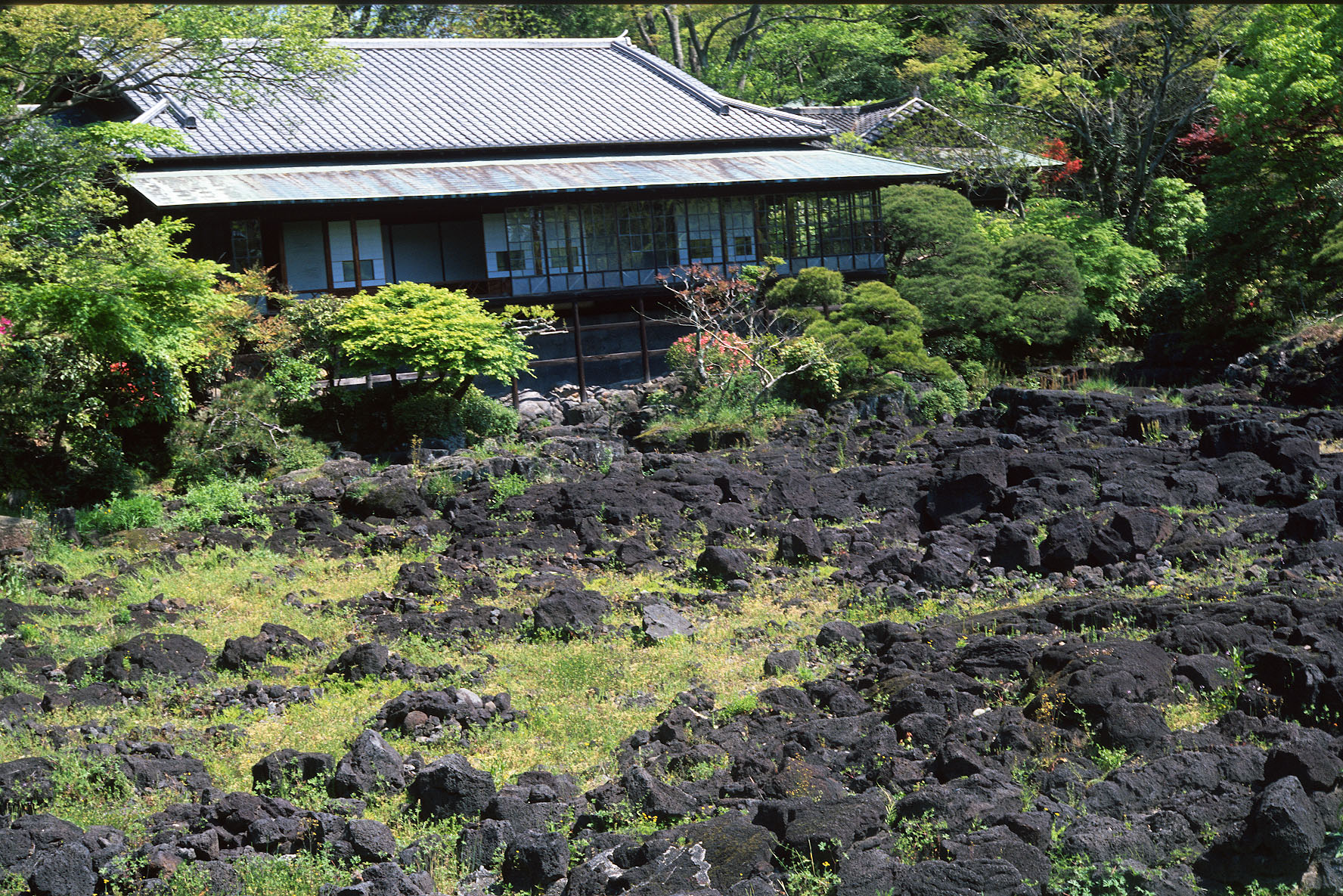It was no coincidence that my custard tart, known locally as a Fujisancho cake, had been fashioned in the form of Japan's most sacred mountain.
The confectionery, resembling a Japanese version of a Mont Blanc but tasting a lot better, was closer to a rich egg flan. A tourist took a selfie with the cake, the real mountain behind, the slightly foreshortened perspective produced by the cellphone camera, artfully blending the peak with the edible version. It was just as well that the domesticated deer roaming around the compound of Mishima Taisha Shrine, showed little interest in the cake.
There was an earnest game of pétanque taking place on an earthen section of the shrine grounds when I arrived. Judging from their T-shirts, printed with the legend I'Espoir Petanque, the players were members of a well-organized club. Quite how this game, played in almost every village in France, made the transition to a provincial city on the Izu Peninsula, was baffling. In an essay for The New York Times Magazine, Pico Iyer wrote of Japan's "promiscuous anthology," its recreation of all the good things the world has to offer. A passion for imported games should have come as no surprise. It was only recently, I reflected, that I had seen our next-door neighbor, a respected pillar of the community, stepping out of her car dressed in a Brazilian samba costume, the outfit hinting at hitherto undeclared passions.



